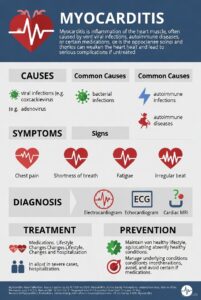Fracture immobilization
- Cast
- Temporary
- Allows patient to perform many normal activities of daily living
- Made of various materials
- Typically incorporates joints above and below fracture
Upper extremity immobilization
- Sling
- To support and elevate arm
- Contraindicated with proximal humerus fracture
- Ensures axillary area is well padded
- No undue pressure on posterior neck
- Encourage movement of fingers and non-immobilized joints
Vertebral immobilization
- Body jacket brace
- Immobilization and support for stable spine injuries
- Monitor for superior mesenteric artery syndrome (cast syndrome)
- Assess bowel sounds (decreased bowel)
- Treat with gastric decompression
Lower extremity immobilization
- Elevate extremity above heart
- Do not place in a dependent position
- Observe for signs of compartment syndrome and increased pressure
External fixation
- Metal pins and rods
- Applies traction
- Compresses fracture fragments
- Immobilizes and holds fracture fragments in place
- Assess for pin loosening and infection
- Patient teaching
- Pin site care
Internal fixation
- Internal fixation devices (pins, plates, intramedullary rods, metal and bioabsorbable screws) are surgically inserted to realign and maintain position of bony fragments
- These metal devices are biologically inert and made from stainless steel, vitallium, or titanium




